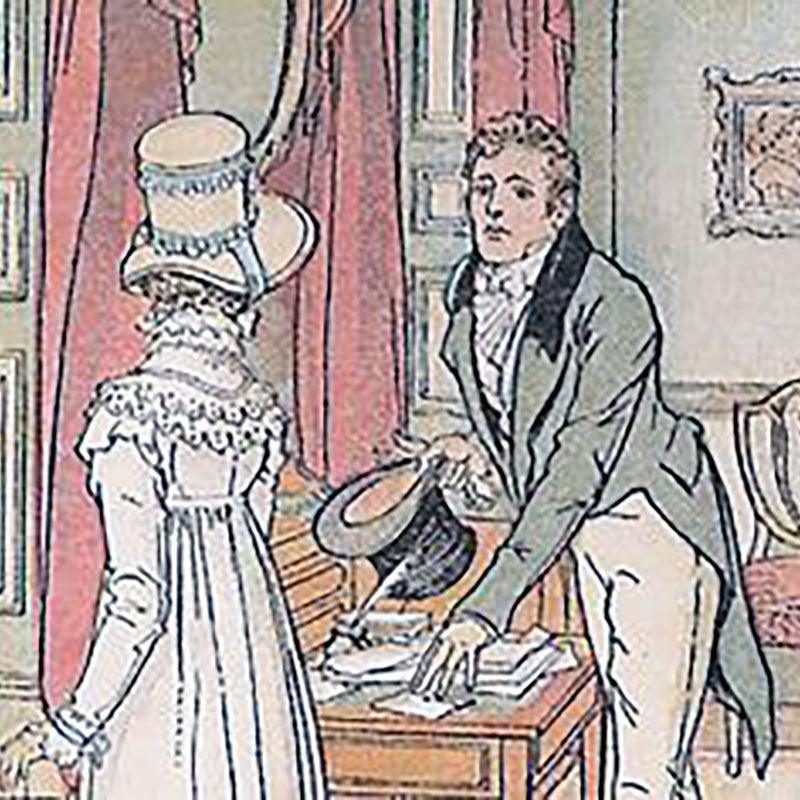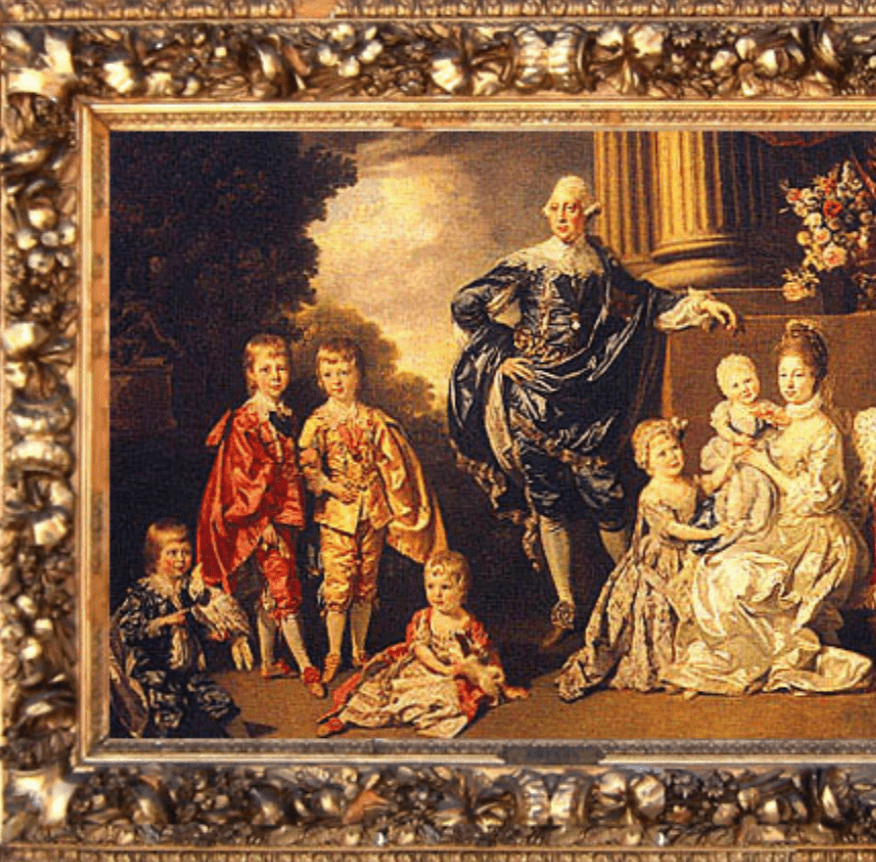John Keats: An Austen Successor?
 John Keats (31 October 1795 – 23 February 1821) was the latest born of the great Romantic poets. Along with Byron and Shelley, he was one of the key figures in the second generation of the movement, despite publishing his work over only a four-year period. During his short life, his work was not well received by critics, but his posthumous influence on poets such as Alfred Tennyson and Wilfred Owen was significant. The poetry of Keats was characterised by sensual imagery, most notably in the series of odes which remain among the most popular poems in English literature. The letters of Keats are among the most celebrated by any English poet.
John Keats (31 October 1795 – 23 February 1821) was the latest born of the great Romantic poets. Along with Byron and Shelley, he was one of the key figures in the second generation of the movement, despite publishing his work over only a four-year period. During his short life, his work was not well received by critics, but his posthumous influence on poets such as Alfred Tennyson and Wilfred Owen was significant. The poetry of Keats was characterised by sensual imagery, most notably in the series of odes which remain among the most popular poems in English literature. The letters of Keats are among the most celebrated by any English poet.
What is most interesting to Austen scholars is the apparent link between Jane Austen's work and the influence it may have had on Keats' poetry. The lives of both these writers overlap almost perfectly and as Katie Mastrucci writes in The Life and Legacy of Jane Austen,
"Just as Jane Austen took inspiration from Wollstonecraft, Austen herself was not without her successors, and the Romantic poet John Keats could very well have been one of them. Although there is no conclusive evidence of Keats having read Austen’s work, the parallels between writing styles and major themes makes such a mentor-pupil relationship a tempting possibility and presents an interesting topic for further enquiry. Keats seems to follow Austen’s lead in depicting characters that were completely separate from his own being and opinions, characters who were not reflections of Keats’ mind but original creations; Keats also echoes Austen’s works in his effort to create fully realized and three-dimensional characters of both the sages and the fools, the heroes and the villains. Both Austen and Keats stress the virtue of open-mindedness and view a character’s imagination as the key instrument for empathy."
John Keats was born on 31 October 1795 to Thomas and Frances Jennings Keats. He was the oldest of their four surviving children—George (1797–1841), Thomas (1799–1818), and Frances Mary "Fanny" (1803–89). A son was lost in infancy. John was born in central London, (although there is no clear evidence of exactly where). His father was working as a barman at the Hoop and Swan pub when Keats was born, an establishment Thomas later managed and where the growing family would live for some years.
It is now the "Keats at the Globe" pub, a few yards from modern day Moorgate station. Keats was baptised at St Botolph-without-Bishopsgate and sent to a local dame school as an infant. In the summer of 1803, unable to attend Eton or Harrow because of expense, he was sent to board at the Clark school in Enfield, close to his grandparents' house. The headmaster, John Clarke, was to become an important influence, mentor and friend, introducing Keats to a great deal of Renaissance literature including Tasso, Spenser and Chapman's translations. In April 1804, only nine months after Keats had started at Enfield, his father died of a fractured skull, falling from his horse on a return visit to the school. Thomas died intestate.
Frances remarried two months afterwards, but quickly left the new husband and, with her four children, went to live with the children's grandmother, Alice Jennings, in the village of Edmonton. In March 1810, when Keats was 14, his mother died, leaving the children in the custody of their grandmother. Jennings appointed two guardians to take care of the children. That autumn, Keats was removed from Clarke's school to apprentice with Thomas Hammond — a surgeon and apothecary. Charles Cowden Clarke, a close school friend of Keats, described this time as "the most placid time in [Keats's] painful life". He lodged with Hammond and slept in the attic above the surgery.
His first surviving poem—An Imitation of Spenser—comes in 1814, when Keats was nineteen. In 1815, Keats registered as a medical student at Guy's Hospital (now part of King's College London). Within a month of starting, he was accepted for a "dressership" position within the hospital—a significant promotion with increased responsibility and workload, taking up precious writing time and increasing his ambivalence to working in medicine.
Strongly drawn by an ambition inspired by fellow poets such as Leigh Hunt and Byron, but beleaguered by family financial crises that continued to the end of his life, he suffered periods of deep depression. His brother George wrote that John "feared that he should never be a poet, & if he was not he would destroy himself". In 1816, Keats received his apothecary's licence but before the end of the year he announced to his guardian that he had resolved to be a poet, not a surgeon. Though he continued his work and training at Guy's, Keats was devoting increasing time to the study of literature.
In May 1816, Leigh Hunt, greatly admired by Keats, agreed to publish the sonnet O Solitude in his magazine The Examiner, a leading liberal magazine of the day. It is the first appearance of Keats's poems in print and Charles Cowden Clarke refers to it as his friend's "red letter day", first proof that John's ambitions were not ridiculous. In the summer of that year he went down to the coastal town of Margate with Clarke to write. There he began Calidore and initiated the era of his great letter writing. In October, Clarke personally introduced Keats to the influential Hunt, a close friend of Byron and Shelley.
Five months later Poems, the first volume of Keats verse, was published. It was a critical failure but Hunt went on to publish the essay Three Young Poets (Shelley, Keats and Reynolds), along with the sonnet on Chapman's Homer, promising great things to come. He introduced Keats to many prominent men in his circle, including editor of The Times Thomas Barnes, writer Charles Lamb, conductor Vincent Novello and poet John Hamilton Reynolds, who would become a close friend. It was a decisive turning point for Keats. He was established in the public eye as a figure in, what Hunt termed, 'a new school of poetry'. At this time Keats writes to his friend Bailey "I am certain of nothing but the holiness of the Heart's affections and the truth of the imagination — What imagination seizes as Beauty must be truth". This would eventually transmute into the concluding lines of Ode on a Grecian Urn 'Beauty is truth, truth beauty' - that is all / you know on earth, and all ye need to know". Endymion, on its eventual publication, was also damned by the critics, giving rise to Byron's quip that Keats was ultimately "snuffed out by an article". One particularly harsh review by John Wilson Croker appeared in the April 1818 edition of The Quarterly Review:
...It is not, we say, that the author has not powers of language, rays of fancy, and gleams of genius – he has all these; but he is unhappily a disciple of the new school of whaIf you don't want to miss a beat when it comes to Jane Austen, make sure you are signed up to the Jane Austen newsletter for exclusive updates and discounts from our Online Gift Shop.



Leave a comment
This site is protected by hCaptcha and the hCaptcha Privacy Policy and Terms of Service apply.